If you are visiting Glacier and Waterton Lakes national parks this year, you may be wondering what it’s going to look like. After all, last summer brought large forest fires to the area.
Rest assured, it’ll be beautiful. Experts say that the mountains of these spectacular parks are as alive, vibrant and majestic as ever—even if in some places, they’ll look different than in the past. That’s because fires form a crucial and healthy part of landscape ecosystems. They help showcase the incredible healing power of the natural world.
It was an intense few weeks, to say the least. Late in the hot and dry summer of 2017, forest fires were raging across northwestern Montana and southwestern Alberta. The Sprague and Kenow fires threated Glacier and Waterton Lakes national parks, respectively. Both were fought—or ‘suppressed’—with vigor.
In the end, more than 47,500 acres (19,300 hectares) burned in and around Waterton and 17,000 acres (6,800 hectares) in Glacier. Landscapes have been altered forever. And yet as ecologists study the impact, it's clear that the more the fires burned, the more things stayed the same. After all, the cycle of wildfires is eternal. Just like snow, wind and rain, fire is part of the ecology of the Rocky Mountains.
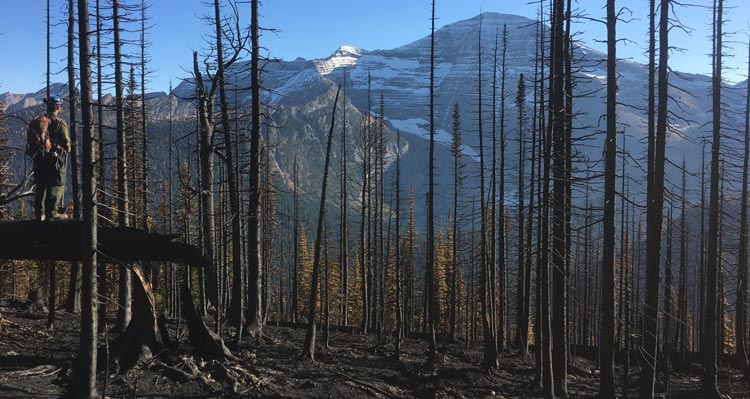
Photo: A firefighter stands amidst the burned fire above Cameron Lake in Waterton Lakes National Park.
Humanity's relationship with wildfire is complex. While it seems that each summer season brings more fires to the wildernesses of the West, these mountains are actually a patchwork of historic burns that are crucial to their biodiversity.
Forest fires are powerful, frightening even. They can be devastating. The 2017 fires scorched the historic and beloved Sperry Chalet in Glacier as well as the Visitor Centre in Waterton. They can deeply impact both landscapes and human settlements. But fire ecologists today see them as an essential part of the natural cycle.
“The Kenow Wildfire was a fire of exceptional severity, but this landscape has evolved with fire,” says Waterton National Park’s John Stoesser.
From a forest ecology perspective, fires provide much-needed rejuvenation. And they’ve been happening here since the dawn of time.
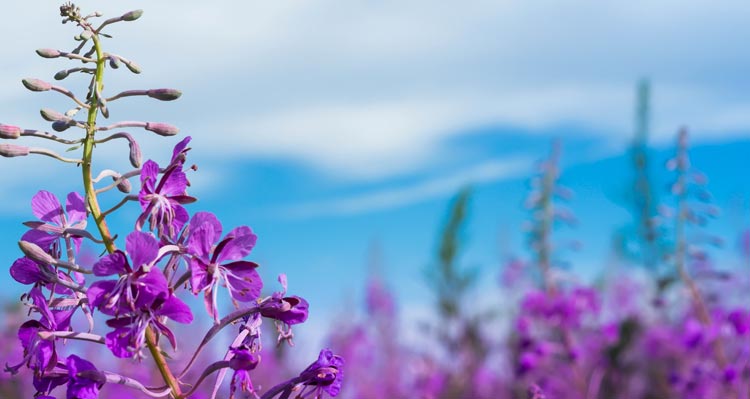
“Glacier has a rich fire history,” says Dave Soleim, Glacier National Park’s Fire Management Officer. Fires have occurred almost every year since the park was created in 1910, he says. The Sprague Fire was relatively small. The 2003 fire season was the most significant in the history of Glacier National Park, when approximately 136,000 acres burned.
On August 10, 2017, a fire was reported on the east side of Lake McDonald in Glacier, likely caused by a lightning storm. Conditions were hot and dry, and the wind was strong—what fire experts call ‘extreme conditions’. It spread quickly, threatening structures on the north end of the lake. And it continued to grow right through early September, inching closer to the iconic Going-to-the-Sun Road and leading to the evacuation of much of the park.
Meanwhile, the Kenow Fire was initially spotted on August 30 in eastern British Columbia’s Flathead Valley. Its rapid growth and extreme behavior meant it spread quickly through the heart of Waterton over a three-day stretch September 8 through 11. Around the Waterton townsite, fire crews conducted burn-offs to remove fuel and prevent the fire from spreading through the town and further south into Glacier National Park. At the historic Prince of Wales Hotel, crews worked tirelessly to keep the fire at bay.
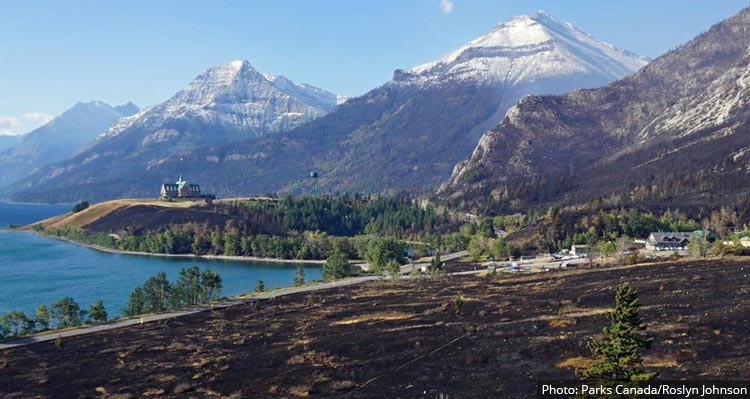
The fire remained classified as “out of control” until September 21, when it moved east of the Rockies and was finally held. It wasn’t until the light dusting of snow and shorter days of October that the fire threat was finally reduced in both parks, bringing a deep sense of relief. Right away, though, locals and scientists began contemplating what was next.
Ecological renewal will take time. As the snow melts this spring, Glacier and Waterton national parks staff have already begun to see signs of rehabilitation. New growth will be spurred on by the blackened surfaces, attracting solar radiation and producing plenty of food for ungulates like elk and deer to graze on. Trail crew teams will begin working on hiking routes impacted by the Sprague and Kenow fires, clearing dead and burned trees. Much will depend on the weather this spring—if it’s a wet or dry season.
In Glacier, the remnants of the fire will be mostly out of sight for most visitors.
“I suspect the majority of the visitors to Glacier will not see or notice the effects of the Sprague Fire,” Soleim says. The fire, which was located on the east side of Lake McDonald, didn’t reach the Going-to-the-Sun Road.
In Waterton, it’s a different story. The scars from last year’s fire are everywhere. Slopes on both sides of the Akamina Highway were charred.
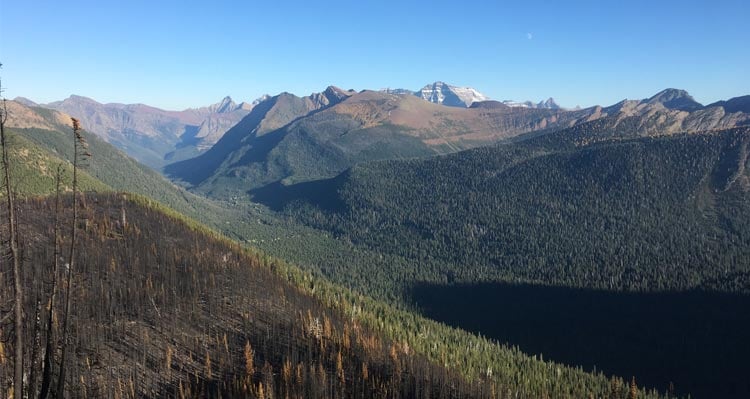
Stoesser says to “expect the unexpected.”
“A complete understanding of the impact of this fire on the park’s ecology will take many years to observe and assess,” he says.
Rising temperatures and on-going drought make for ripe conditions. Nearly impossible to predict, scientists and ecologists are deliberately and strategically putting plans in place to respond to the inevitability of fires this year and for years to come. And they're working to encourage the public to learn more about fire ecology.
As you visit Glacier and Waterton this summer, you can get up and close with fire ecology to learn more.
In Glacier, visitors may notice areas in the cliff bands below Mt. Brown that burned during the 2017 fire from the Going-to-the-Sun Road. Soleim suggests visitors with a keen interest in fire ecology also see the response of a 30-year-old fire by visiting the Red Bench Fire near Polebridge or travel the Camas Road and journey through fires from 2001 and 2003. On the east side of the park, visitors can see the 2006 Red Eagle Fire or the 2015 Reynolds fire.
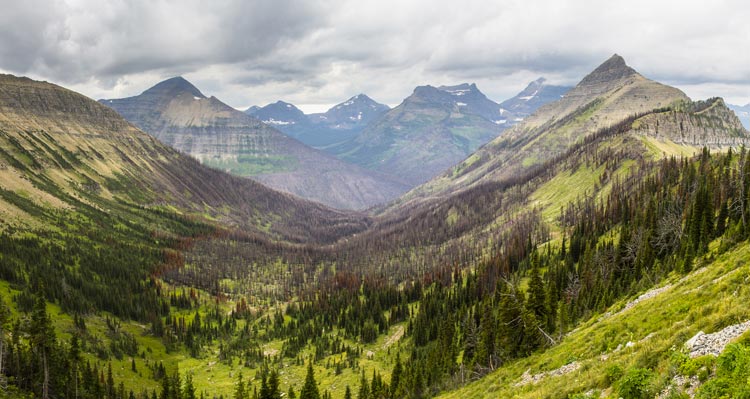
Waterton Lakes National Park's Wishbone Trail is a place to see the effects of prescribed fires (when forests are burned deliberately to manage them ahead of natural fires) as well as the Kenow Fire. Stoesser recommends visiting the Sofa Mountain Wildfire area (which burned in 1998) from the Chief Mountain Highway as a comparison with the Kenow Fire.
Keep an eye on both parks' websites for updated information and visiting tips:
Waterton Lakes National Park
Glacier National Park Fire Information